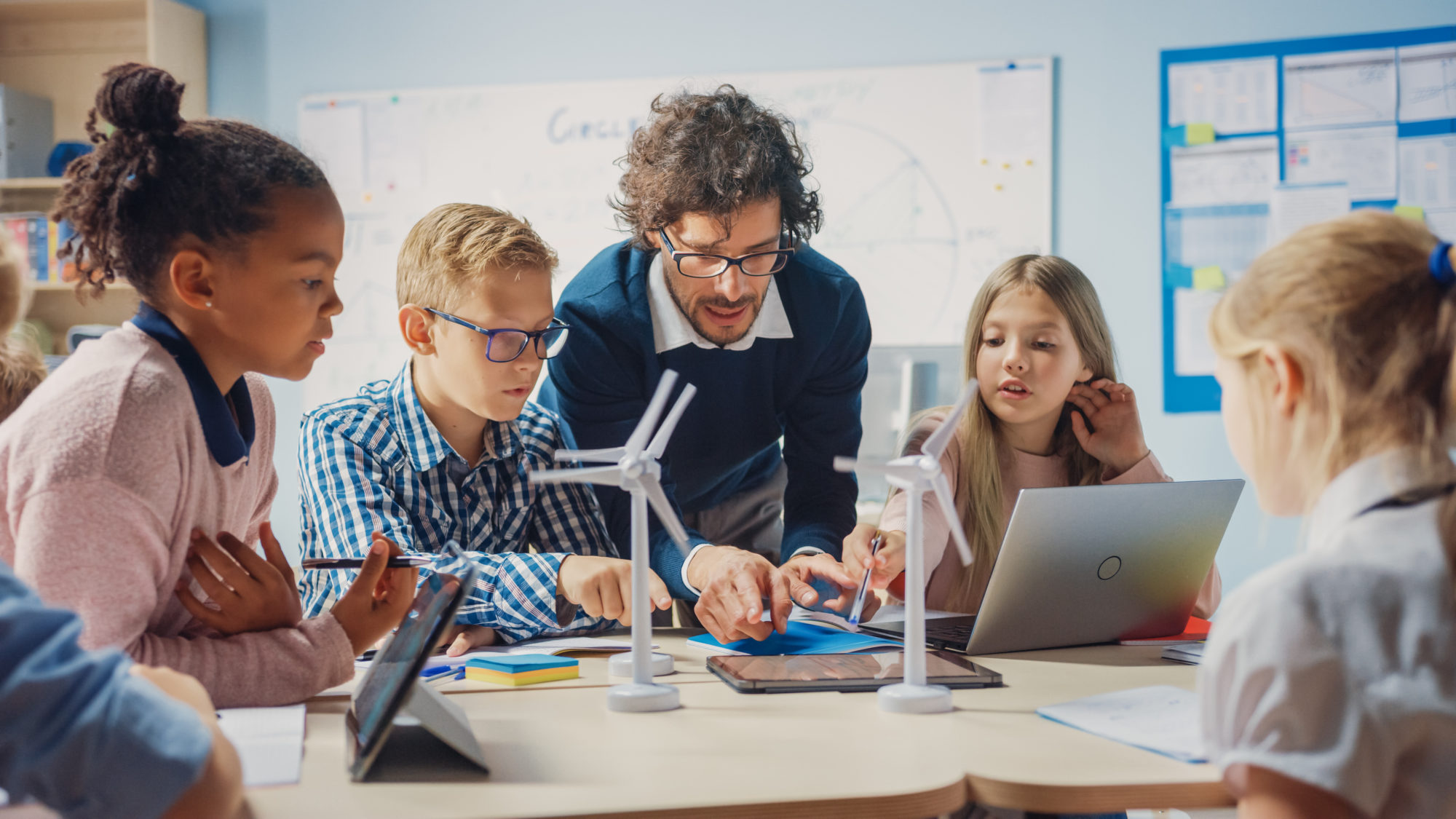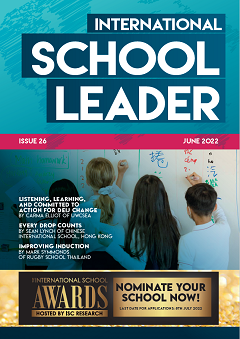By Naima Charlier
At Nord Anglia International School, Hong Kong (NAISHK) we were delighted to win the strategic leadership award at the International School Awards for our approach to online learning. We called this our Virtual School Experience (VSE) and it has irrevocably changed a multitude of aspects of our school and left us with some deep questions to consider for the future.
There were many elements that went into our VSE but some of the key points were replicating the following areas of our physical school, virtually:
- Culture and ethos – ensuring that our school was collaborative, engaging and driven by the desire to ensure learning was purposeful and effective.
- Balanced – developing guidance and frameworks to ensure that teaching and learning was delivered in a variety of ways and that teachers developed strong new pedagogy to ensure optimal virtual learning.
- EdTech – using this as a support not a driver. We utilised a wide array of tools not just to teach the students but to create an environment supportive of rapid peer learning so that teachers could develop and share best practice.
- Safe – our initial work was on ensuring we had strong, evidenced-based guidance on how to keep all stakeholders safe while taking the school online. This included research into platform security, guidance on acceptable use and dress as well as writing and teaching an e-citizenship curriculum. Our IT team were vitally important as we tried to stay one step ahead of the students and the technology.
The steps to VSE
Our journey towards being in this position started back in the autumn of 2019 when, due to some social unrest in Hong Kong, we were one of the first schools to face virtual schooling. In these pre-COVID months we experienced situations where we had to close the school early and so were already looking at digital solutions to support teaching and learning if the students could not be in the physical building. The advent of school closure due to COVID-19 happened early in 2020 and, as we found our way as the ‘new normal’ unfolded, we all sought ways to mitigate the impact on learning.
Although research existed on blended learning it was mainly aimed at older students and we found little information about what might be the best way to approach online learning from 3 to 18. Devising a framework to model the key elements that made up our virtual school was an important early step. This framework supported us when structuring our offer as we constantly adjusted it in response to feedback, and gave us a common language to discuss what we were trying to achieve. Every element of our VSE involved multiple conservations and a great deal of trial and error to find the balance that worked for as many students as possible.
Embracing new pedagogies
As we start to come back to face-to-face learning, we are left considering how we can embrace our new pedagogies and blend the best elements into our physical building. Teachers are considering the benefits of digital textbooks, experimenting with more video and audio feedback to support Assessment for Learning, and continuing to utilise Microsoft Teams chat to stay connected and collaborate on many aspects of the school. We often say that the biggest expert in the room is the room. Our ‘room’ has now become limitless with opportunities to collaborate with colleagues in all our campuses on a global level.
At NAISHK, we are in the position where ‘snow days’ (or in our case, typhoon days) are a thing of the past. With our VSE we can seamlessly swing into virtual learning with minimal notice, ensuring the day is filled with all the elements that are so important to engaging teaching and successful learning. No matter what is happening in our city, all our learners from 3 to 18 can continue to attend a vibrant and exciting school day.
Considerations for a successful VSE
- Make the development of safeguarding and privacy guidelines a priority and adjust your e-citizenship curriculum so it matches the new systems. Actively teaching good e-safety skills to all ages is vital.
- Develop mechanisms to monitor, collate and record learning across all aspects of the school. Make sure quality assurance of these is part of the role of your Middle and Senior leaders, just as it would be in a school building.
- Consider support mechanisms for both learners and parents. We created guides and used surveys, phone calls and Microsoft Teams meetings to get feedback on what we were doing and to check it was working for everyone. Our pastoral team developed systems that ensured every child was registered as ‘engaged’ or identified as someone to support.
- Screen time is a ‘hot topic’ and the impact on well-being as well as optimal learning is an important one. Involve stakeholders in the discussions about this issue and develop guidelines that are age- and subject-specific.
- Start with your core philosophy and regularly loop back to this to monitor that your virtual school is staying true to your values, vision and mission.
- Staff well-being is crucial, as is recognising that teaching in a VSE coupled with rapid change is hard. Acknowledging that can be just as important as the steps you take to alleviate the difficulties. We found being as flexible as possible about where people worked was helpful.
Watch this presentation from the World Education Summit to learn more about the NAISHK Virtual School Experience here.
 Naima Charlier is Director of Teaching and Learning at Nord Anglia International School, Hong Kong Connect with her directly on LinkedIn.
Naima Charlier is Director of Teaching and Learning at Nord Anglia International School, Hong Kong Connect with her directly on LinkedIn.
Subscribe to ISL Magazine for more!


